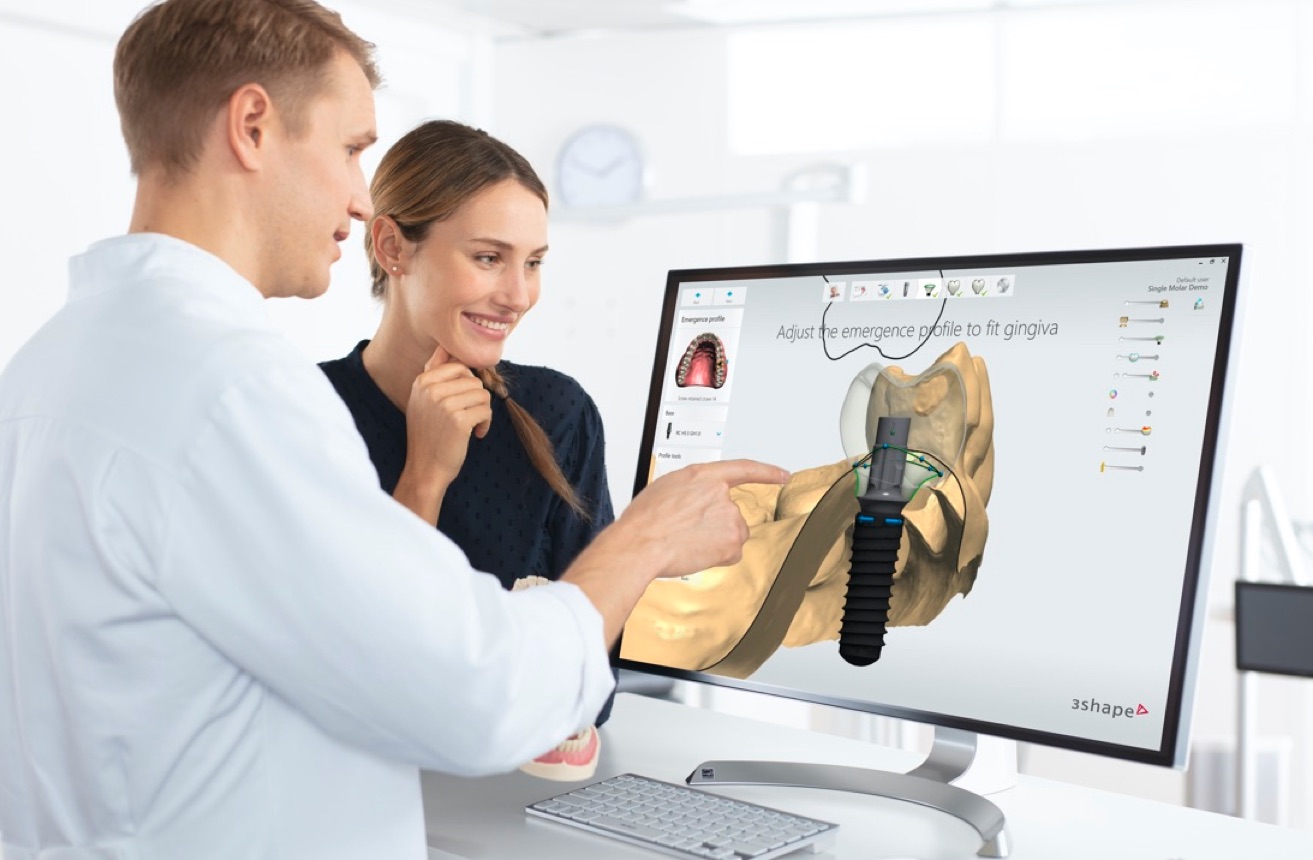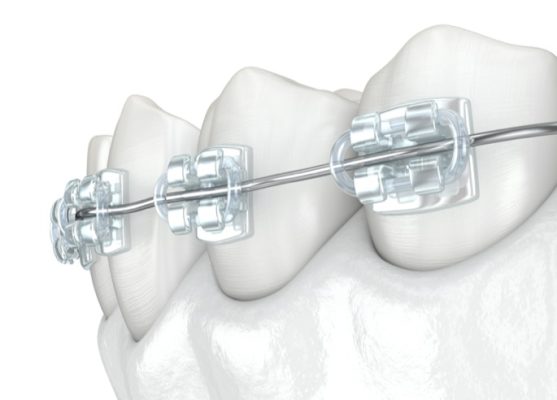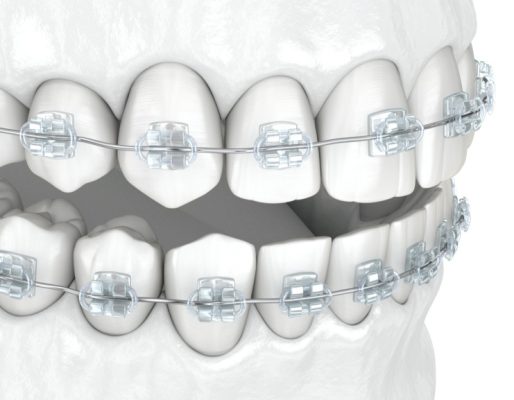Ortodoncja
Ortodonta to specjalista zajmujący się diagnozowaniem i leczeniem wad zgryzu oraz nieprawidłowości estetycznych, związanych z rozmieszczeniem zębów. Ortodoncja jest dziedziną stomatologii, która koncentruje się na korekcji nieprawidłowego ustawienia zębów.
Praca ortodonty pozwala cieszyć się wymarzonym uśmiechem z prostymi i pięknymi zębami.
Ortodonta w swojej pracy stosuje różne typy aparatów ortodontycznych w celu korekcji nieprawidłowego ustawienia zębów i ich ustawienia w łukach zębowych.


Jakie typy aparatów ortodontycznych są dostępne w naszych gabinetach?
- Aparaty stałe metalowe,
- aparaty stałe estetyczne,
- aparaty w systemie Cannon Ultra,
- aparaty wyjmowane,
- Miniimplanty ortodontyczne
- System Benefit i nakładki Orthocaps.
- Poprzez odpowiednie dostosowanie aparatów, ortodonta dąży do osiągnięcia prawidłowego zgryzu i estetycznego ustawienia zębów.

Korzyści z prawidłowego ustawienia zębów:
- Przywrócona estetyka uśmiechu
- Ułatwienie utrzymania idealnej higieny jamy ustnej
- Zdrowe przyzębie
- Równomierne rozłożenia sił żucia
- Ochrona przed nadmiernym starciem zębów
- Prawidłowe działanie stawów skroniowo-żuchwowych

Kiedy?
Współczesna ortodoncja nie ma ograniczeń wiekowych – leczenie jest możliwe zarówno u dzieci, jak i pacjentów dorosłych.
Zgodnie z zaleceniami Polskiego Towarzystwa Stomatologicznego każde dziecko w wieku 9 lat powinno być zbadane przez lekarza ortodontę w celu oceny rozwoju uzębienia i ewentualnego wykrycia kształtującej się wady zgryzu.

Zrealizowany plan leczenia ortodontycznego daje dużo szczęścia.
Pacjenci zyskują wymarzony uśmiech i pewność siebie. Proste, piękne zęby nie tylko poprawiają wygląd, ale również wpływają na wzrost pewności siebie, otwierają nowe możliwości i przynoszą radość z pięknego uśmiechu.
Plan leczenia ortodontycznego
Plan leczenia ortodontycznego obejmuje kilka etapów, które są kluczowe dla osiągnięcia oczekiwanych efektów.
Oto szczegółowy opis poszczególnych etapów:
Jeśli zastanawiasz się nad założeniem aparatu ortodontycznego
Marzysz o prostych zębach lub borykasz się
z problemem zaciskania zębów?
Umów się na konsultację z lekarzem, specjalistą ortodoncji
i dowiedz się jak wyleczyć Twoje zęby.
Korzyści z prawidłowego ustawienia zębów:

Od jakiego wieku można rozpocząć leczenie ortodontyczne?
Współczesna ortodoncja nie ma ograniczeń wiekowych – leczenie jest możliwe zarówno u dzieci, jak i pacjentów dorosłych.
Zgodnie z zaleceniami Polskiego Towarzystwa Stomatologicznego każde dziecko w wieku 9 lat powinno być zbadane przez lekarza ortodontę w celu oceny rozwoju uzębienia i ewentualnego wykrycia kształtującej się wady zgryzu.

W gabinetach Stomatologii Wichlińscy przyjmuje
lekarz dentysta specjalista ortodoncji.
Zadzwoń i umów się na konsultację.
Jakie są wskazania do leczenia ortodontycznego?
Wskazania do leczenia ortodontycznego obejmują różne problemy związane ze zgryzem i ustawieniem zębów. Oto rozwinięta lista wskazań:

Po raz kolejny ukłony w stronę Doktora Jarosława Wichlinskiego Specjalista w każdym calu, omówi wizytę, rozwieje obawy a przy tym rozśmieszy. Jedyny któremu ufam a boje się dentysty jak dziecko Doktor świetnie to odczarowuje (przeprowadzany zabieg: usunięcie zębów)
Joanna Kraków | 13.10